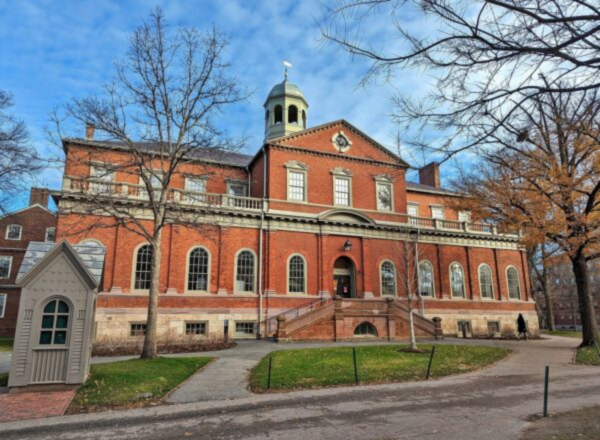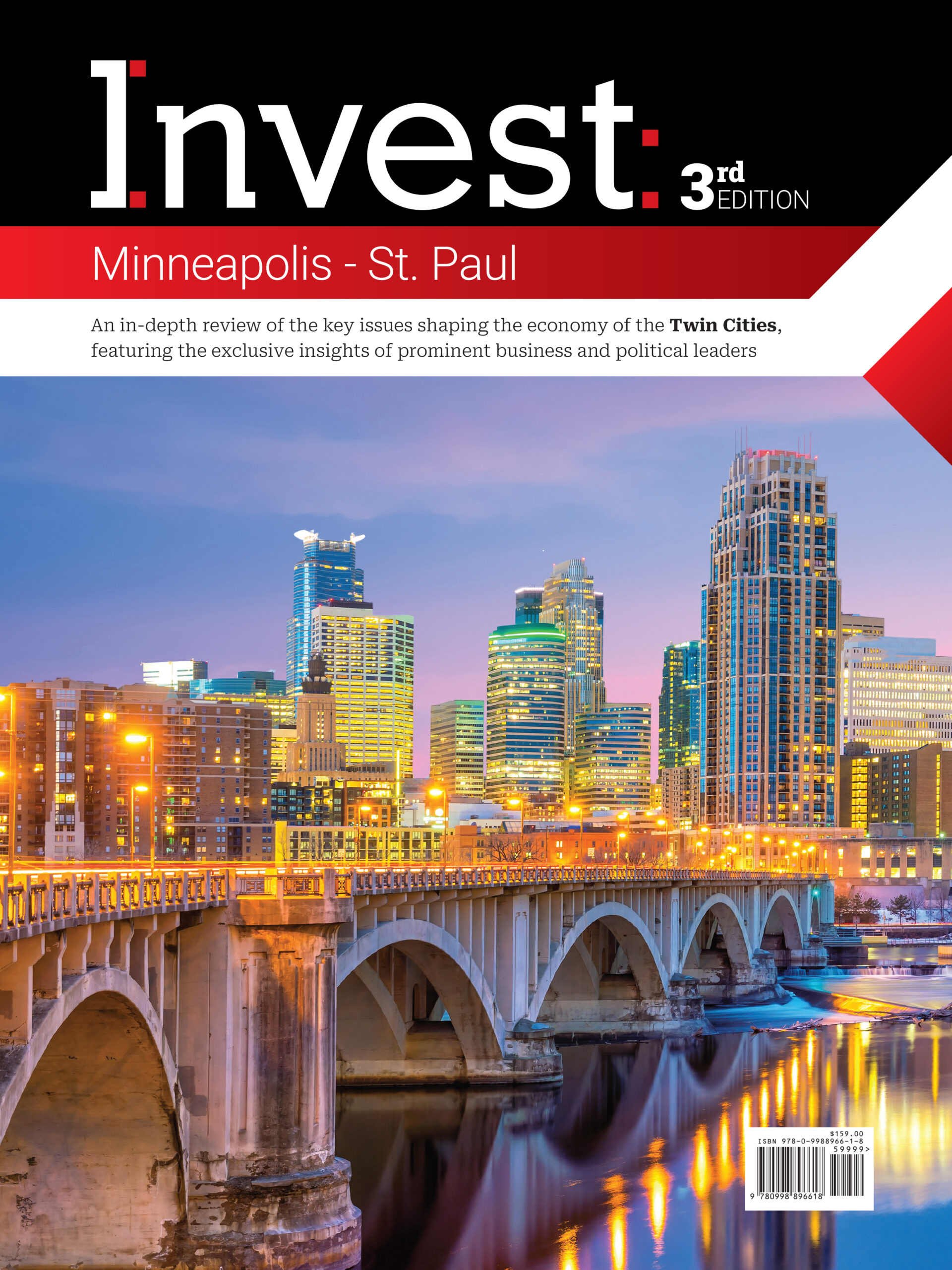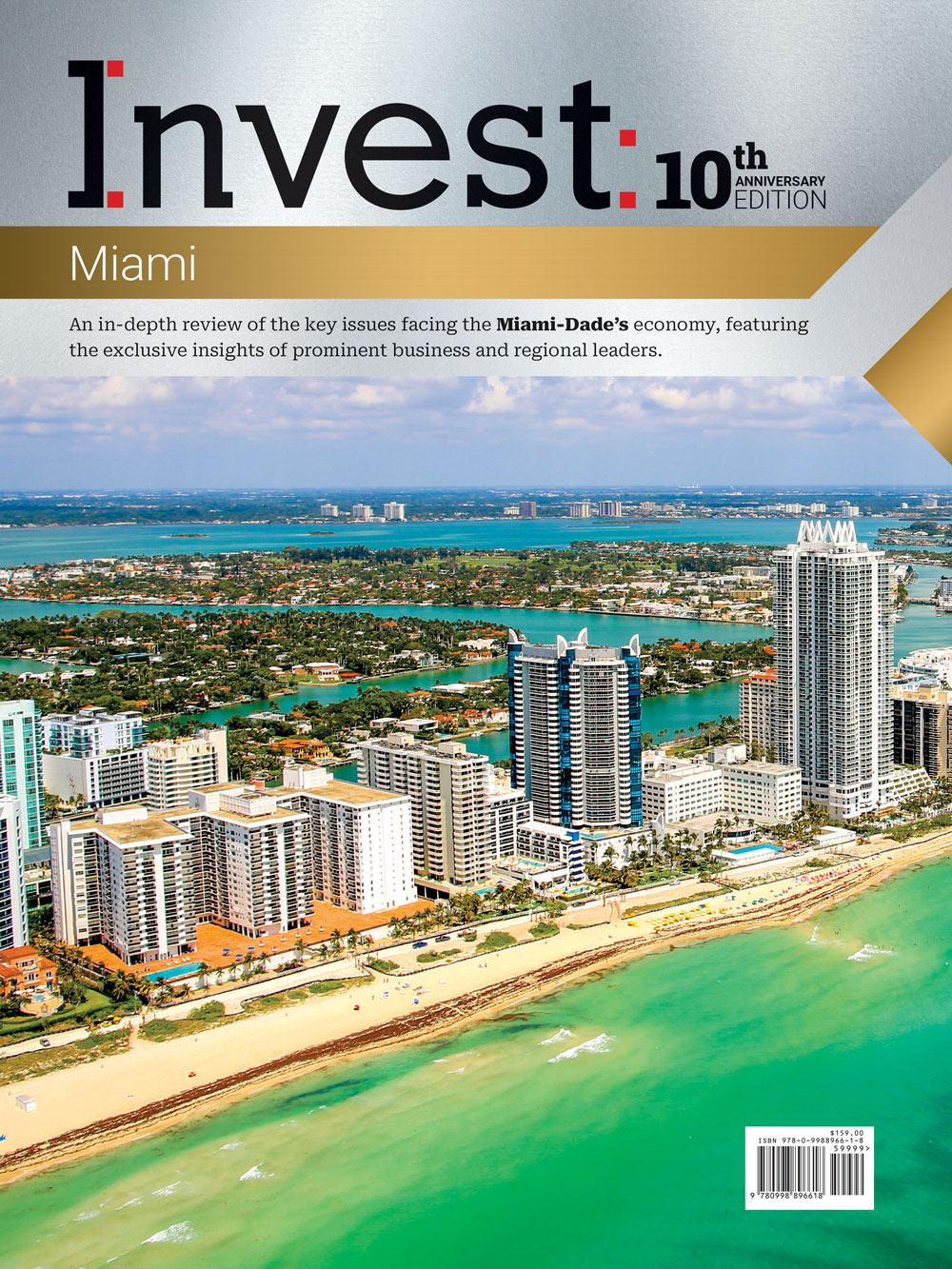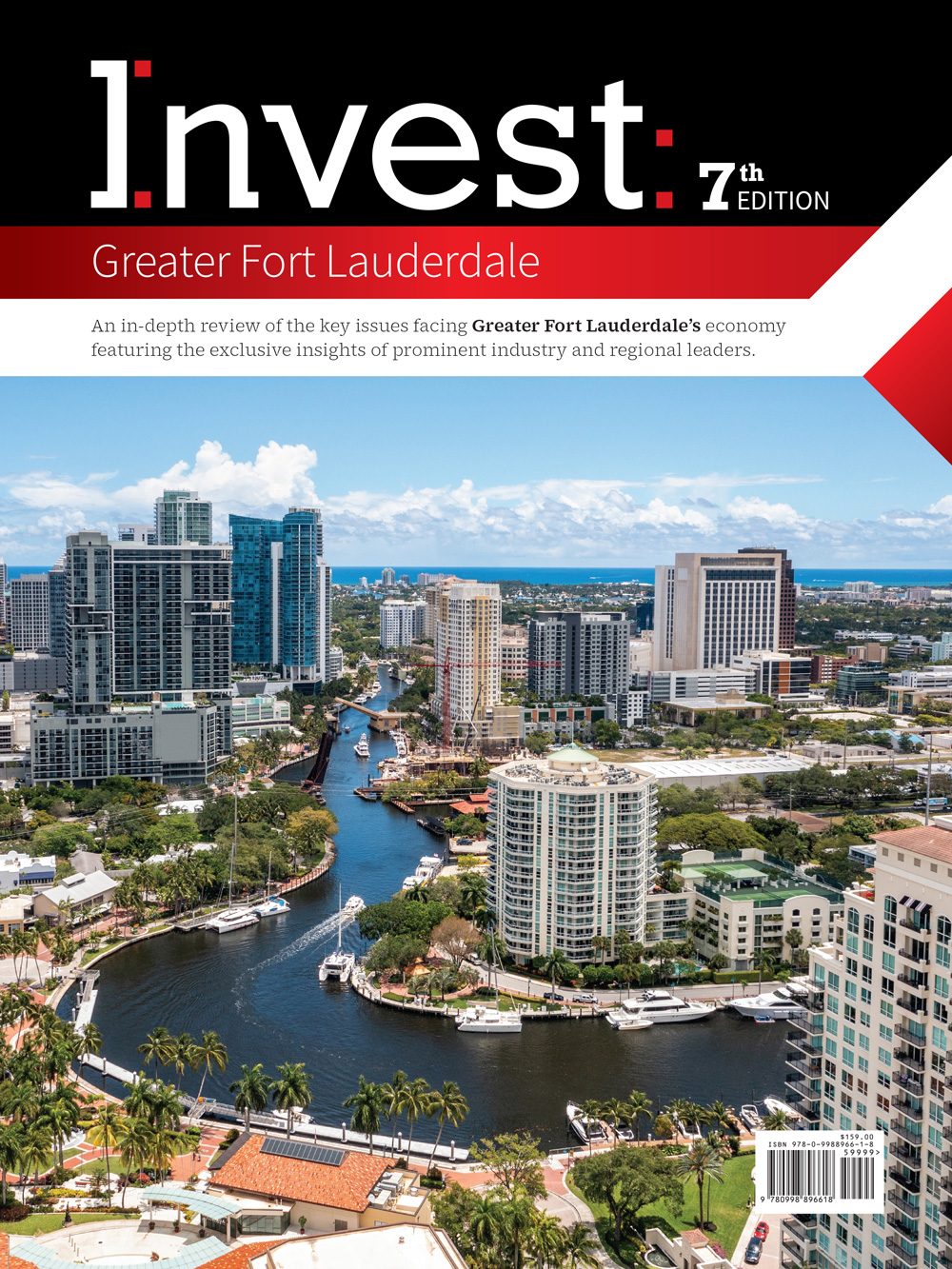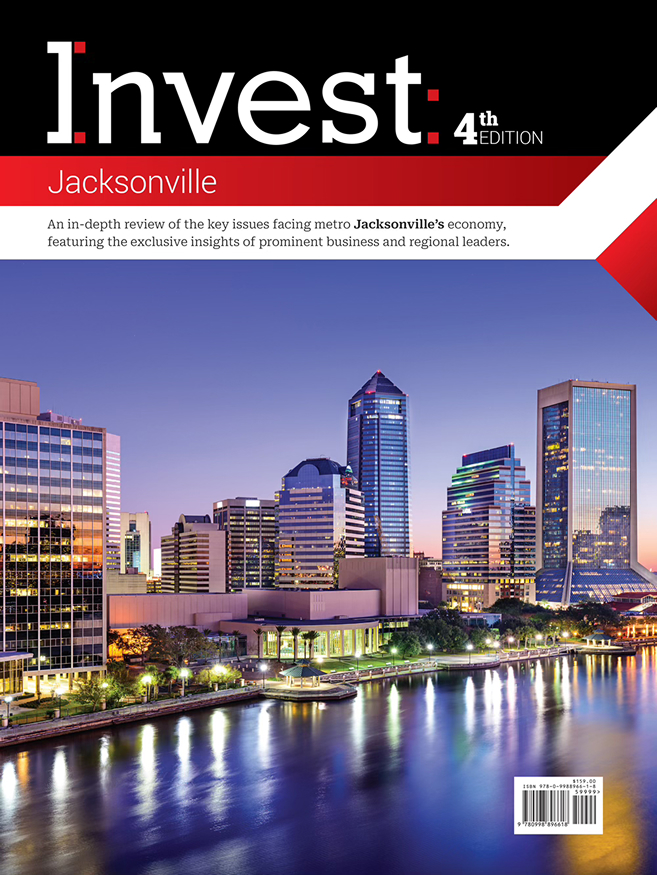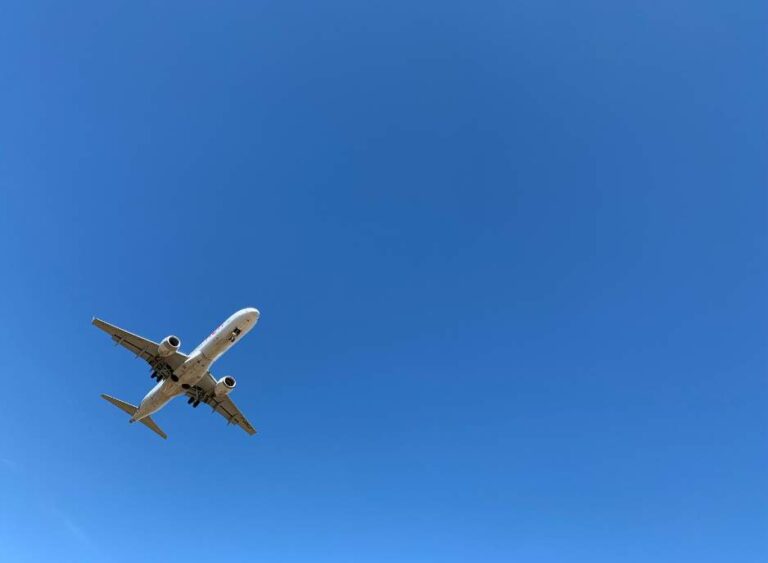Jerry Demings, Mayor, Orange County
In an interview with Invest:, Jerry Demings, mayor of Orange County, talked about the most important investments that the local government has made toward supporting the economic engines of the region. He also underlined how the county is working to include minority-, women-, and Black-owned businesses in future projects, and how a transportation sales tax could help the county improve its transportation infrastructure.
What are the most important achievements that your administration has reached in the past two years?
We are a community that continues to grow. Nearly 1,000 residents move into our community each week. Additionally, our tourist visitation numbers have been extraordinary. As we emerged from COVID-19, we have worked diligently to reignite our economic engines. We have an $87.6-billion tourism industry here that we need to protect. We voted to support the building of a new tower for the University of Central Florida Football Stadium. That $90-million investment will bring jobs and ensure that our tourism visits remain strong.
What strategies has Orange County implemented to promote the participation of minorities in the economic development of the county?
As we expand some of our community’s major assets, a big focus for me is increasing the opportunities for minority-, women-, and Black-owned businesses enterprises (MWBEs) to share in the broad-based prosperity as a community. Through my leadership, we have been able to reinvest some of our tourist development tax into major projects within our community. That includes investing around $560 million to expand the Orange County Convention Center, the Orlando International Airport, and even the Expressway Authority. There are numerous road projects underway that account for several billion dollars worth of roadway investment, where we also want minority participation.
We have worked diligently to ensure that our MWBE firms have a piece of the pie in the $3 billion expansion investment made at Orlando International Airport to open Terminal C. That new terminal will make our airport the most competitive one in Florida. We are already the top airport by air passenger travel in the state and one of the top airports in the nation and the world.
There have also been large-scale projects within the community, such as the investments in the newly named Kia Center. The Board of County Commissioners voted to provide funding to the Kia Center to upgrade many of the technology assets at the arena. Investments of over $200 million will be made there. Moreover, the Board of County Commissioners voted to use about $400 million of tourism development tax funds to expand Camping World Stadium. One of the stipulations that I championed was ascertaining that MWBE firms could participate in the construction of those facilities. Those assets will provide tens of thousands of jobs, and MWBE firms will participate in providing resources, supplies, staffing, and construction for those projects.
How is Orange County working to expand the transportation infrastructure in Central Florida?
We are a growing community. Florida is the fastest-growing state in the Union. An investment in multimodal solutions within our community is needed for the entire region to move people around efficiently. Brightline trains began running within our community and connecting Miami to Orlando last September. High-speed commuter rail connecting is an emerging mode of transportation. Not only do we want to take advantage of that connectivity, but Brightline also wants to connect Orlando to Tampa through high-speed commuter rail. If it is successful, it will make Orlando a mega metropolitan community with the Tampa Bay MSA, Orlando-Orange County, Seminole County, and the Osceola County MSA. That will create a lot of opportunities for our community.
We also want to expand Orlando’s local, intra-city commuter rail, SunRail, which will run from Osceola County into Volusia County and the 61-mile track between Poinciana and DeLand. The last leg between Seminole County and DeLand is well under construction. We hope to see that section open by the end of this fiscal year. Additionally, since Brightline ends at the Orlando International Airport today to connect it with the tourist corridor in the International Drive area, that connectivity will provide our workforce with a more efficient, reliable, convenient, and affordable way to get to and from work. We are also excited about the Sunshine Corridor. It will connect Orlando International Airport to the International Drive as well as to perhaps the Disney area and move a lot of people around. Many of our workers will have another alternative for transportation. We cannot solve the housing crisis and the challenge of housing affordability without also solving our transportation challenges.
How would putting a transportation sales tax on the ballot in 2024 help fund transportation infrastructure projects?
After much discussion with County Commissioners and seeking resident input at seven community meetings, I made the decision to suspend the transportation sales tax until 2026.
It should be noted that we can only advance the transportation surtax referendum to the ballot during a general election, which typically happens every two years. The next opportunity will be 2026. In the meantime, the traffic congestion will continue to worsen while the cost to fix the problem will continue to go up. We estimate if a full penny transportation sales tax were to pass, it would generate around $759 million on an annual basis.
Orange County is taking incremental steps to address some of our priority transportation needs. In 2023, the Board of County Commissioners approved a $100 million dollar Accelerated Transportation Safety Program focusing on safety improvements and transit enhancements. Over the next five years, $55 million will address county sidewalks, street lighting, and small-scale road improvements to make it safer for pedestrians, cyclists, and drivers. Additionally, $45 million will improve LYNX routes and increase the number of bus shelters throughout the Orange County service area.
So far, more than 240 projects are in the works, with 58 in either the design or construction phase.
What initiatives is Orange County implementing toward becoming a Smart City?
Last October, our Board of County Commissioners approved the launch of a program that advances smart city innovation and technologies in Orange County. That will be achieved through a public-private partnership between government, academia, and corporate enterprises. It will leverage capital connections and brain power to create an ecosystem that attracts and nourishes technology start-ups and drives innovation in industries that benefit from smart city advancements such as transportation, public safety, and energy. The University of Central Florida, Duke Energy, and Tavistock have joined us in this effort. As part of it, UCF contracted with Plug and Play, which operates the world’s largest innovation platform connecting start-ups, corporations, and venture capital.
In October 2023, Orange County submitted a grant application for strengthening mobility and revolutionizing transportation (SMART) in collaboration with its stakeholder partners. If successful, we will focus on a demonstration project within the Pine Hills community whereby we will bring smart technologies such as sensors, machine learning and predictive analytics to promote safer communities for our vulnerable roadway users at intersections. We are excited about our work to improve the economic opportunities and quality of life for residents within Orange County.

